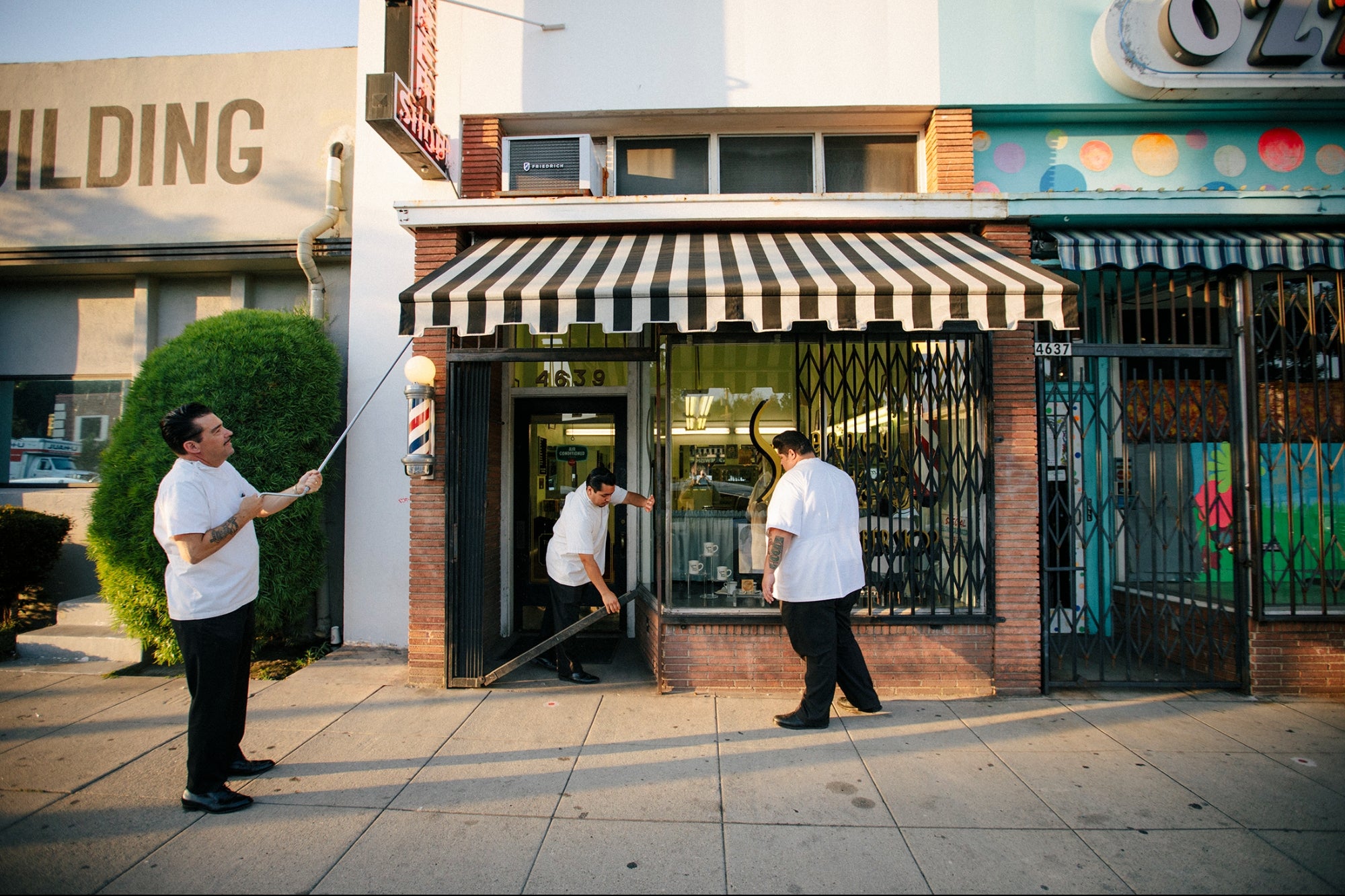Opinions expressed by Entrepreneur contributors are their own.
LinkedIn is a wacky place. Next to business updates from the world’s largest companies, you’ll find posts like “Today, I proposed to my fiance. Here’s what it taught me about B2B sales.” Insightful recaps from industry conferences are juxtaposed with generic, AI-generated thought leadership boosted by engagement pods. And don’t get me started on the endless barrage of irrelevant cold pitches.
Still, if you’re an entrepreneur, LinkedIn is the place to be. Its unique business-oriented nature sets it apart from other social media platforms, offering an unparalleled opportunity to communicate with your customers, business partners and potential team members.
What’s not so unique, however, is the curation that is proving intrinsic to all social media. On LinkedIn, just like on Instagram, people and companies predominantly share only the best side of themselves – landing a job, closing a funding round, announcing a new partnership, listing tips that made them successful, etc. Posts detailing the less glamorous aspects of entrepreneurship are few and far between, painting an incomplete picture of the realities of running a business.
I decided to take a different route, namely, one of brutal transparency.
Here’s why I’m sharing my startup’s business data on LinkedIn, what data specifically, and how it has benefited my startup – and could benefit your company, too.
Related: Key Financial Metrics Every Founder Should Know About
Why share: Standing out with authenticity
Few startups share their real story, as the very nature of the startup ecosystem encourages overselling to attract investor attention. Those vying for make-or-break investment may feel like they cannot afford to publicize their challenges for fear of driving their own valuation down.
As a result, transparency becomes a way to not only stand out but also project confidence in the business fundamentals. This is where any profitable business — be it a startup or a traditional company — has a strong advantage over a money-guzzling startup, as it has the figures to demonstrate that its business model works.
Moreover, for some businesses, e.g., my startup, Supliful, transparency is a way to foster direct loyalty with our customers. Our CPG platform enables other entrepreneurs to launch their businesses. Hence, they have a vested interest in our current situation, as their own revenue streams depend on it. Seeing our entrepreneurial journey through hard data makes our business more relatable to the very people who use it, and it offers refreshing and interesting insights for our broader community of followers and supporters. Everybody loves to see how others manage in the face of adversity.
But it’s not all adversity. In fact, adversity is the exception. We’re growing quickly, and the vast majority of updates showcase the constant progress our company is making. This has been invaluable for capturing investor attention, be it demonstrating our potential to future partners or showing how far we’ve come to those who passed up previously.
What to share: No sugarcoating
In addition to regular content, I post business updates, such as moving to a new facility or attending a conference, or personal insights, such as what it’s like to run a startup as a father of three. I also share a monthly update that consists of three principal elements: key metrics, the previous month’s highlights and the plans for next month.
The metrics include unadulterated, industry-relevant data about our business performance, including Gross Merchandise Value (GMV) run rate, net revenue run rate, number of Shopify stores connected to our platform, number of items sold, and MoM growth performance. These are compared directly to the month prior, revealing any changes in performance – positive or negative.
The previous month’s highlights include specific achievements and milestones reached, such as general business wins, i.e., team growth, or, for example, the repayment of a loan or the solution to a particular challenge. The plans for next month’s section reveal our current priorities and the hurdles we’re currently trying to overcome.
All together, it serves as a quick but detailed overview of the current state of the company that includes relevant information for investors, interesting insights for followers, and transparent communication with our clients. For us, the latter is one of the most important aspects.
I often get asked if I’m worried that the information I share could be used against the company, for example, by an investor pointing to underperforming months to lowball an investment offer. The simple answer is no. My team and I aren’t worried because our single main point of focus is to ensure the entrepreneurs building on Supliful become successful – when they win, we win. Prioritizing our customers’ experience over self-aggrandizement has so far proven to be a winning strategy.
Related: Why Investing in Reputation Management is Crucial for Your Business Strategy
A big unexpected benefit
We’ve already touched on some of the benefits earlier, i.e., capturing investor attention, building stronger relationships with our customers and gaining organic supporters by being a breath of fresh air on a platform centered around boasting. Of course, this translates to new partners and more business.
For the company, however, one of the biggest and most surprising benefits has been talent acquisition.
The business we’re building is very challenging, as everything needs to operate like clockwork, from delivery to customer support. Every inefficiency is time lost and reduces customer satisfaction. That’s why a tremendous amount of effort goes into ensuring a bulletproof, world-class operation, and this requires a high caliber of talent – something every startup struggles with.
Not Supliful. When a position opens, we’re flooded with applications from experienced talents, as well as recommendations from well-connected industry connoisseurs.
Unlike with other startups, where you don’t usually know what you’re getting into, my company’s transparency lays bare its current challenges, performance, and priorities in a way that has proven to resonate with experienced hands and domain experts. Thanks to our LinkedIn efforts, people are invested in our story and eager to become a part of it.











